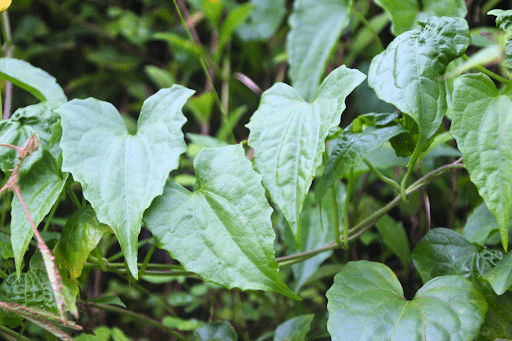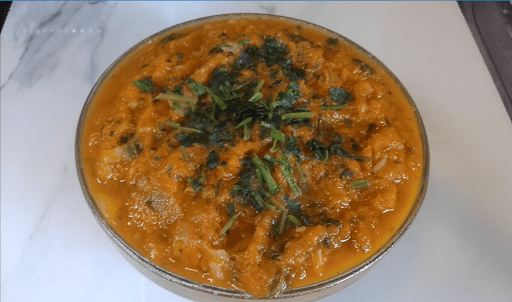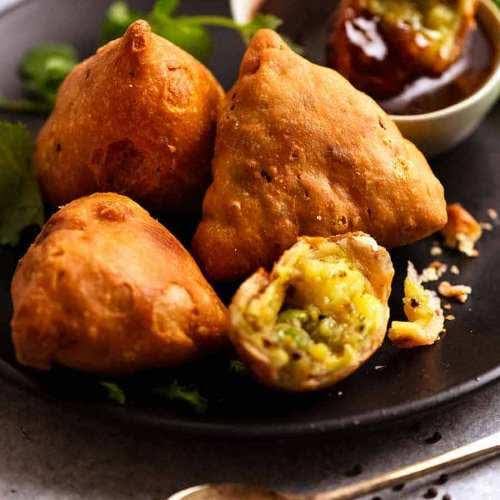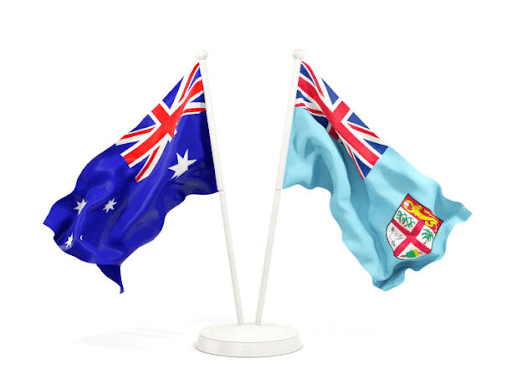10 go-to traditional medicines to use when in Fiji
Traditional medicine in Fiji is raw, organic and natural, considering that it involves infusing leaves and stems of indigenous and exotic plants that are easily accessible for the outgoing backpacker. The extensiveness of traditional Fijian medicine at times blends two or more leaves or plants together to combat skin diseases, stomachaches and migraines. To keep it simple, this article will include 10 of the easiest and accessible traditional medicines in Fiji, ready for a travelling tourist in need.
Batimadramadra
This herb spawns easily anywhere and camouflages in Fiji’s rainforests and savannahs. The Black-jack herb contains anti-viral and anti-inflammatory properties, which are beneficial for treating flu’s especially coughs, asthma and some other respiratory related issues such as chest-pain. Its juice is drunk before breakfast and at night before bed. This is done for four nights until there is a health improvement. It is, however, recommended that foods such as pork and coconut cream be avoided, which can prove difficult as many Fijian foods contain coconut cream.
Botebotekoro
Like the Batimadramadra, this herb also contains anti-bacterial and anti-inflammatory properties, mainly used to combat flu, colds, and chest-related sickness. An indigenous Fijian also uses this herb for diarrhoea. This herb, the Batimadramadra and other herbs can be mixed together to be drunk in one portion. Leaves from these two herbs are also great treatments for stomachaches and infections, including tooth, skin and ear infection. For earache or infection, rub leaves together till their liquid forms and let them ooze into the infected ear. To avoid bloodshot eyes, rub a few leaves together and let their juice drop into the eyes. It might sting, but it is effective in clearing up the redness affected Sclera.
Kalabuci Damu
This wide-leaf shrub is often found in forests and vegetation, sometimes growing to be about 8 to 10 feet tall. Juice from the shrub’s leaves is typically used for any stomach problems, whether it is ridding the stomach of any toxins, infections or problems with bowel movement. It is also used to remedy issues concerning women’s reproductive health, whether it be to help with the easy flow of menstruation or to help women detoxify their bodies after giving birth. A side effect of taking this traditional medicine is having diarrhoea for a few days, as the shrub will flush out toxins from the stomach.
Koukou
This fern species native to the islands in many remote villages is still used to pad floors of households, which is exceptionally soft. For medicinal purposes, this fern is used to aid stomach issues such as stomachaches or to make it easier to pass stool. Refraining from alcohol is preferred when taking this medicinal herb. In the province of Bua, they, however chew on its young shoots, holding it in for a while before spitting it out.
Kura
Typically known as Noni, this plant has great medicinal value for not only the Pacific but the entire world as well. For Fijians, its leaves are usually used to cover fractures, sprains or any wounds that might involve the swelling of a body part. Its juice rarely used, it is however believed to contain anti-inflammatory, anti-bacterial and anti-septic probabilities that are exceptional for both the skin and internal health problems. Sometimes, children might develop sores on their tongues, drooling and lose their appetites. Noni fruits, added with a little bit of water, can be grated or blended (whichever is easier) before being applied onto the tongue and the inside of the mouth.
Lata (ni Viti)
This herb, green with purple edges, veins and stem, is indigenous to the islands and is used to treat skin diseases and infections like scabies and ringworm. Known in English as the Coleus, its deep red liquid, when ingested, is believed to induce menstruation. It is proven effective in treating skin diseases and infections but is less likely with ingestion.
Tamole
This herb spawns easily anywhere, so you may find it by the roadside or camouflaged in nearby greeneries or vegetation. Because it has anti-fungal, anti-viral and anti-bacterial properties it is often used to treat internal and external health woes. For instance, like many other medicinal herbs, it is often cut up and macerated in coconut oil for easy application on affected skin. For ear-aches, Tamole leaves (about 4 or 6) are rubbed together till a teaspoon worth of juice has formed, it is then mixed with a teaspoon of coconut oil which is heated for about 2.5 minutes. Slowly let the heated teaspoon filled with Tamole infused oil trickle into the infected ear. You can do this about 2 times before letting it drip out again after letting it sit for 2 minutes.
Kuita Tikidua, or migraines influenced by weather, often a result of high humidity or after a glaring hot sunny day, is also treated with this herb. For this, Tamole leaves are rubbed together, and a drop of its juice is then inserted into the nostril. The patient then has to inhale 2-3 times before cleaning their nose.
Totodro
Although invasive at times, this herb contains anti-inflammatory, antiseptic and anti-microbial properties. Juice from its leaves can be applied to skin affected by rashes. Fijians also use this herb for respiratory ailments like a common cold or a sore throat, where swallowing becomes a problem. It is also used to combat stomach problems and help lessen menstrual cramps.
(Drauni) Weleti
Papaya leaves are used to treat common cold and flu, especially to treat the body exhaustion that is caused by it. Papaya leaves from flowering trees (not the ones that bear its fruit) are taken and blended with boiled water or cooked with it. Once cooked/blended, make sure to strain the remnants and drink its green juice. 2-3 drinks combined with enough rest will help with quicker recovery.
Wabosucu.
Its English name, Mile-a-minute, gives the vine’s invasive character away due to its rampant growth. Often considered an agricultural threat to many, for Fijians it is a welcoming splendour when in need, especially when treating small wounds and cuts. For such a small injury, one does not need Band-Aids for this and if you’re outside the quick and easiest solution is grabbing and rubbing a few of its leaves together, and applying its liquid onto the wound/cut. After that, put its crumpled leaves on top of the cut and leave it for a while. Its antimicrobial and anti-fungal properties help blood clot faster, thus preventing bleeding.
It isn’t uncommon to drink a mixture of a few medicinal herbs together in one go. For instance, treating body swelling near knee joints, elbows and armpits require fusing some Batimadramadra, Totodro, Tamole leaves together into one quota. Keep in mind, names of medicinal leaves differ according to place. For example, the Papaya fruit has different names for various provinces and districts, Lau, Beqa and Kadavu know this as Maoli. Yet, some parts of Lau also refer to this as Leweti, for interior Vanualevu, Magodro district (Ba) and the island of Vatulele know this by the name, Wī.












